News & Tips
Hamstring Strains – Sydney City CBD
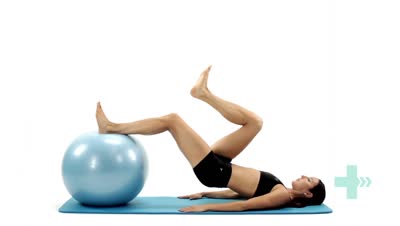
Hamstring Strains – Prevention and Rehabilitation
There is a variety of hamstring strain injuries that can occur in the athlete. Of these, hamstring strains are the most prevalent.
Approximately one-third of hamstring strains will recur, with the highest injury recurrence being within the first two weeks of return to sport. This high recurrence rate is suggestive of an inadequate rehabilitation program, a premature return to sport of a combination of both.
There is an increased risk for acute hamstring strains in sports that involve sprinting, kicking or high-speed skilled movements such as football, soccer, rugby and track. These strains are more common in competition than in practice and more common in preseason than regular season and post season.
I have compiled some information to best assist in assessing the readiness of an athlete to return to sport after a hamstring strain and may also be helpful in hamstring injury prevention during preseason and throughout the season.
When should I start preseason training?
The literature suggests that preseason training should start 10 weeks prior to commencement of the sports season.
What should my training include?
STRENGTH TRAINING
First and foremost having enough strength in your hamstring is a priority. In a study by C.Askling et al., eccentric strengthening exercises have been shown to reduce hamstring strains among male soccer players. Eccentric strengthening means that the muscle we are strengthening lengthens as it contracts. Here are two examples:
Single Leg Hamstring Curl on Exercise Ball
Nordic Hamstring Curl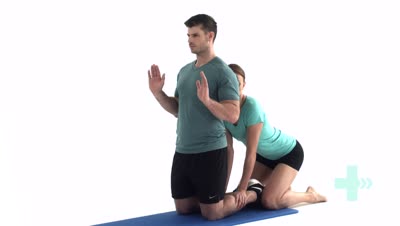
Both exercises work the hamstring eccentrically. As a guide, 10-12 repetitions by 3 sets of both 3-5 times/week is a good starting point.
Nordic hamstring curls are getting a lot of attention in the literature over the last couple of years. The exercise has been added to the FIFA-11 warm-up protocol. This is a very popular protocol used by many amateur and youth soccer coaches throughout the world.
FLEXIBILITY
Flexibility is another important element to include in your training regime. Studies show that including 3 stretching sessions/day can significantly increase flexibility and in turn lower the risk of hamstring strain. One stretching session consists of 2-3 different hamstring stretches, each held for 30 seconds and repeated 5 times. Here are two examples:
Hamstring stretch in standing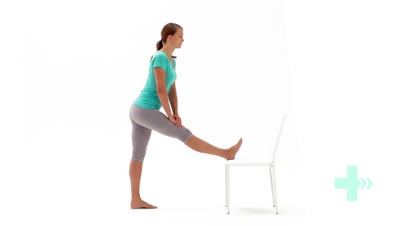
Hamstring stretch with strap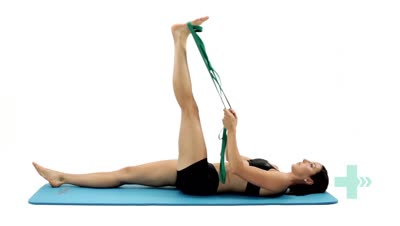
SPEED AND AGILITY
Agility training programs are designed to allow the athlete to adapt to quick changes in directions, acceleration and deceleration, and cutting activities.
Sport-specific activities can include running, lateral running and backward running, shuttle runs, explosive starts and agility drills (figure-of eight running, running with quick changes in directions, cutting activities, and ball catching, throwing, passing, and kicking)
Some research suggested improvements in lower extremity control following agility training and a potential contribution to injury prevention.
Progressive shuttle runs/sprints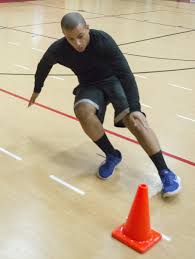
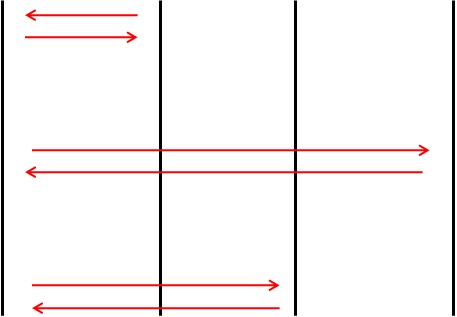
How do I know I’m fit for return to sport or fit for the season ahead?
An athlete’s ability to return to sport may also be predicted by certain functional testing, such as the ability to perform a single leg hamstring bridge.
In one study that was carried out, Australian Rules football players who demonstrated low hamstring strength, via a singe leg bridge hamstring test, were at increased risk for hamstring injury.
A score less than 20 repetitions is considered poor, 25 repetitions is considered average and greater than 30 repetitions is considered good.
Functional ability testing should also incorporate sport-related movements specific to the athlete, with intensity near maximum
Single leg hamstring bridge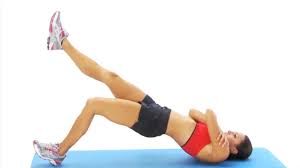
If you suffer acute or chronic hamstring strains or just want some advice on avoiding injuries during the season come and see one of our Macquarie Street Physiotherapists located in the Sydney City CBD. We specialise in sport physiotherapy and keeping you moving.
References
- Darryl G. Thelan et al. (2006) ‘Neuromusculoskeletal Models Provide Insights into the Mechanisms and Rehabilitation of Hamstring Strains
- Carl M. Askling et al. (2014) ‘Acute Hamstring injuries in Swedish elite sprinters and jumpers: a prospective RCT comparing two rehabilitation protocols
- Carl M. Askling et al (2002) ‘Hamstring injury occurrence in elite soccer players after preseason strength training with eccentric overload
- Lauren N.Erickson et al (2017) ‘ Rehabilitation and return to sport after hamstring strain’
- J Petersen, P Holmich (2005) ‘Evidence based prevention of hamstring injuries in sport’









